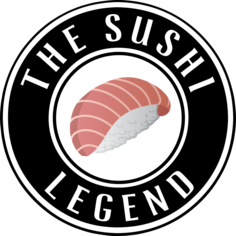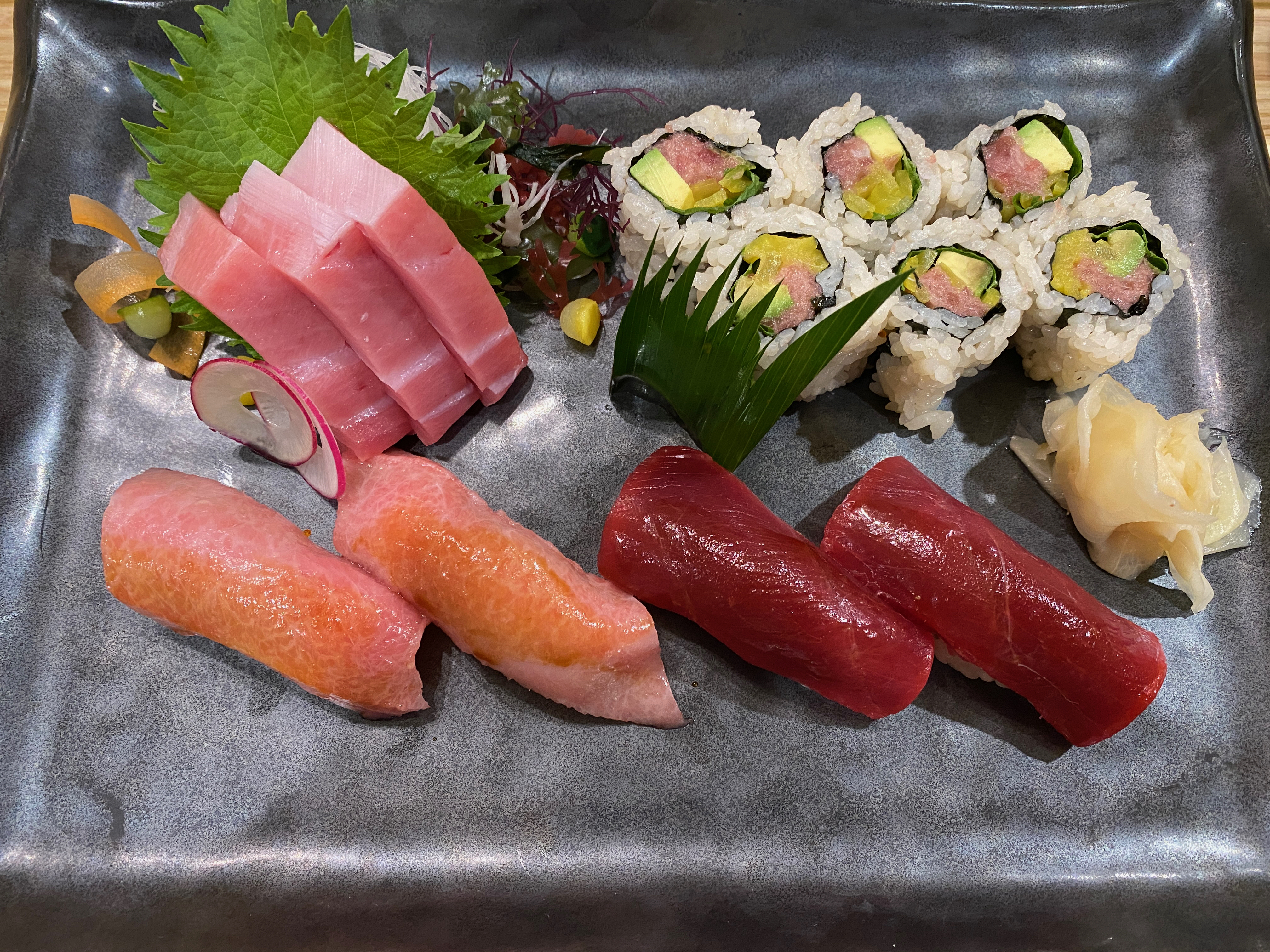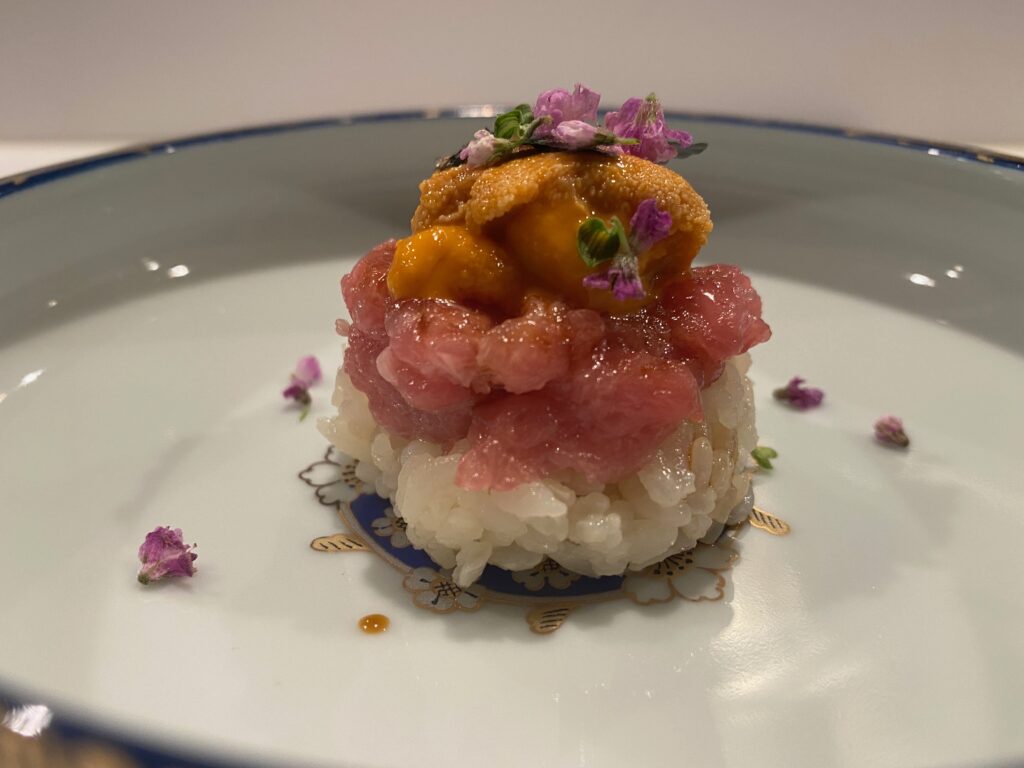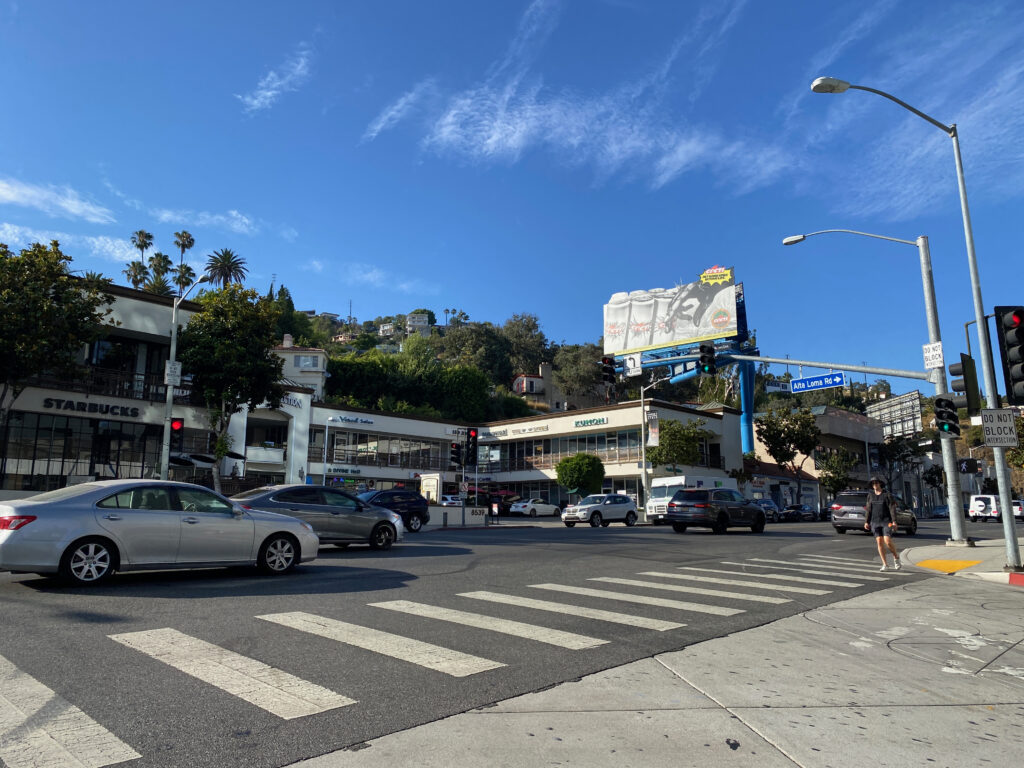I recently moved on from the only firm I ever worked for.
There’s no real book on how to resign. Sure, there’s countless articles and well-meaning loved ones to offer pearls of wisdom like “make sure your health insurance is buttoned up”, “fill out all your expense reports” and “don’t tell anyone to go fuck themselves”. The obvious stuff.
But there’s nothing that prepares you for navigating the politics, the questions, the creeping feeling like you’re stepping outside the space shuttle in Danny Boyle’s Sunshine.
(What a fantastic film by the way).
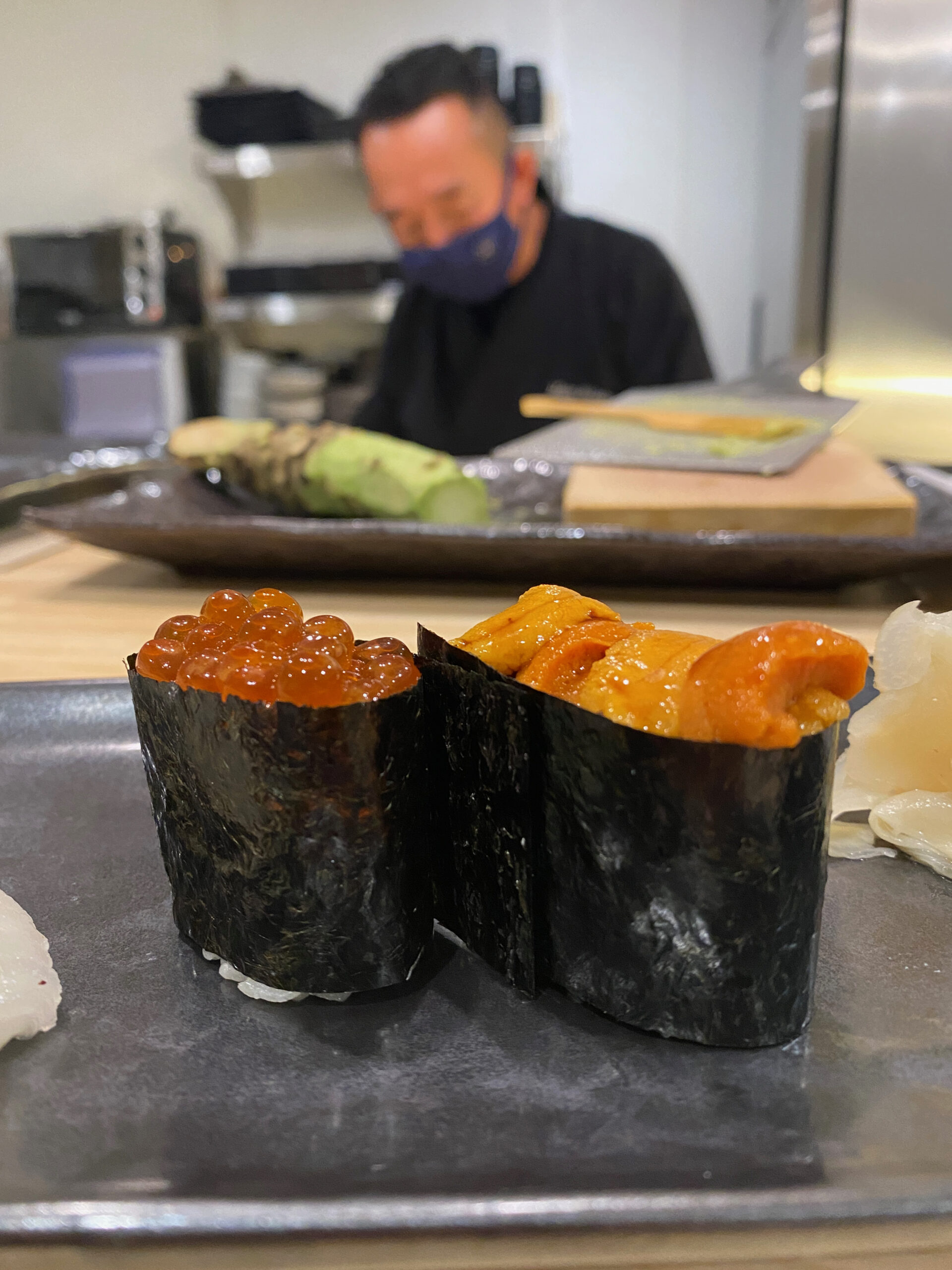
At the counter of Soko
One thing that helped? The realization that my new gig would require me to spend more time in Los Angeles, a place that some of you west-coasters have insisted for years can rival New York City as America’s sushi capital.
Does it? I’m not so sure. But over the near future, I plan on finding out. Expect plenty more blogs from “SoCal”. Today, we start with Soko, a small sushiya, recently opened in the Fairmont Santa Monica.
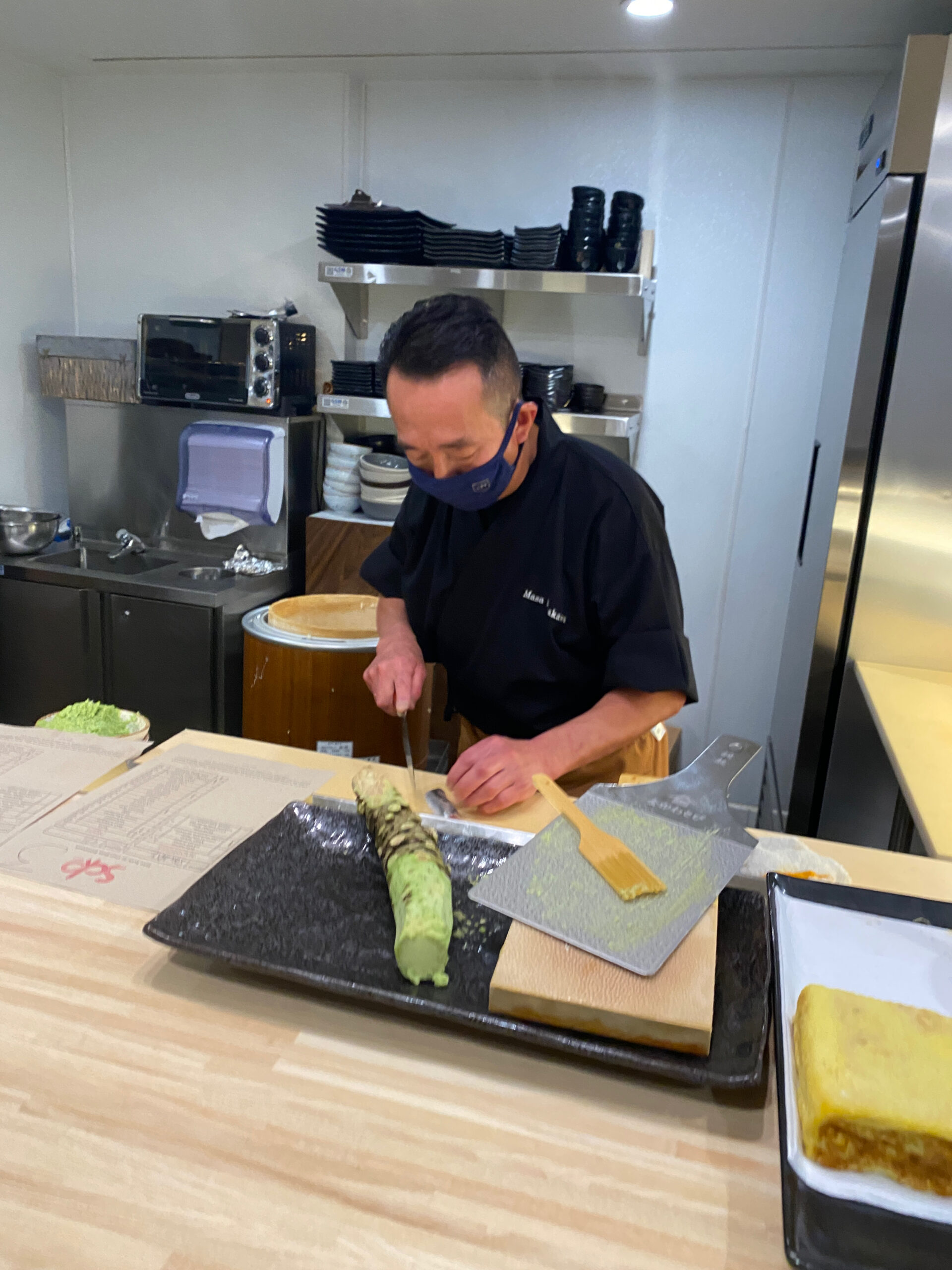
Itamae, Masa Shimakawa
Once a pop-up, now a real boy
Soko opened on a test-run in the Fairmont in July of 2021. Despite the challenges of the pandemic, the response was strong enough that, like Pinocchio, Soko turned into a real restaurant this past winter.
The location won’t be everyone’s cup of tea. As delicately as possible, the Fairmont is an interesting place. Like many parts of Los Angeles, staying there feels like you’re in a movie, a reality show and your kid’s TikTok all at the same time. Shit, when I was there, I saw kiddos partying at the bungalow next door, the president of FIFA eating breakfast, Dustin Johnson moseying around and who can forget the President of FIFA eating his scrambled eggs (allegedly).
If you haven’t been to the Fairmont in Santa Monica, it’s certainly something.
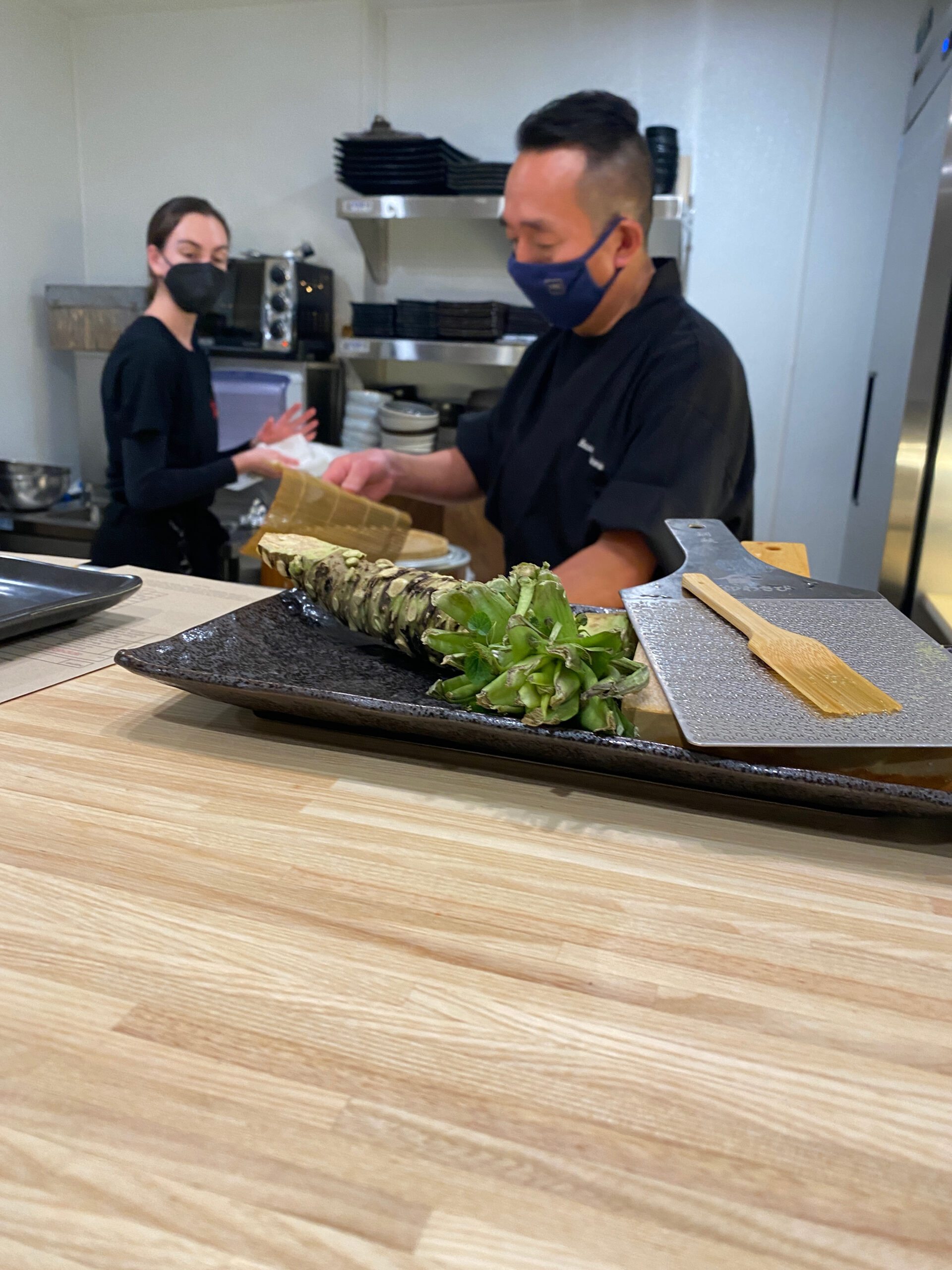
On the Itamae
The itamae is Masa Shimakawa, who may be familiar to Legends in Chicago (Nomi at the Park Hyatt) or Los Angeles (Onyx at the Four Seasons Westlake Village).
Masa is extraordinarily friendly and Soko fits that attribute well; with just 8 seats, arranged in an “L” shape, he can regularly converse regularly with the entire restaurant. He can also answer questions on the origin of every single thing being served – this is a hotel after all, and tourists are going to tourist.
Soko is worth the trip
There’s no Omakase listed, but you can certainly ask Masa-san to select on your behalf, as other customers did during my trip. Regardless, each customer is handed a menu and a pencil, straight out of your neighborhood all-you-can-eat joint.
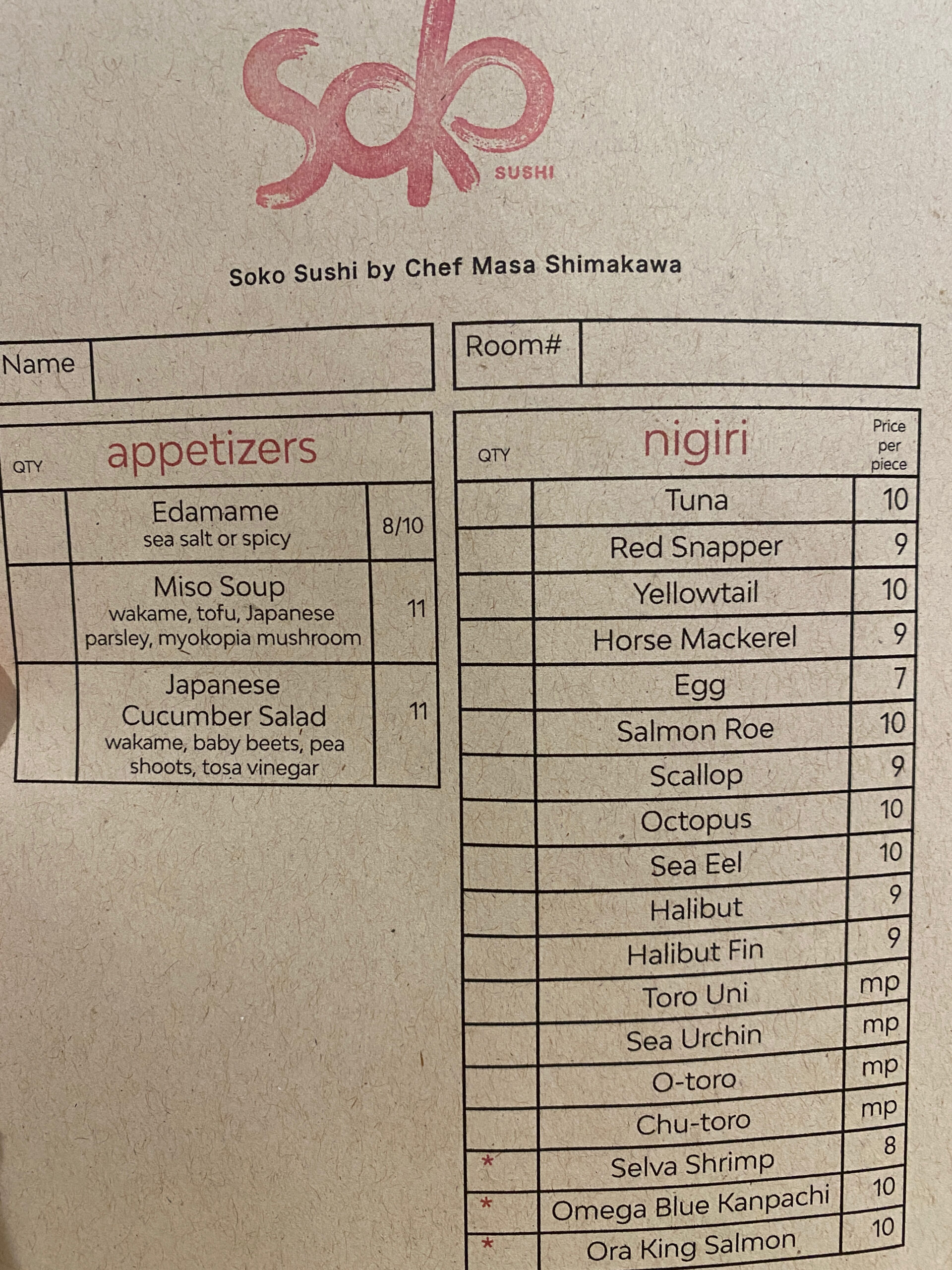
Front of menu
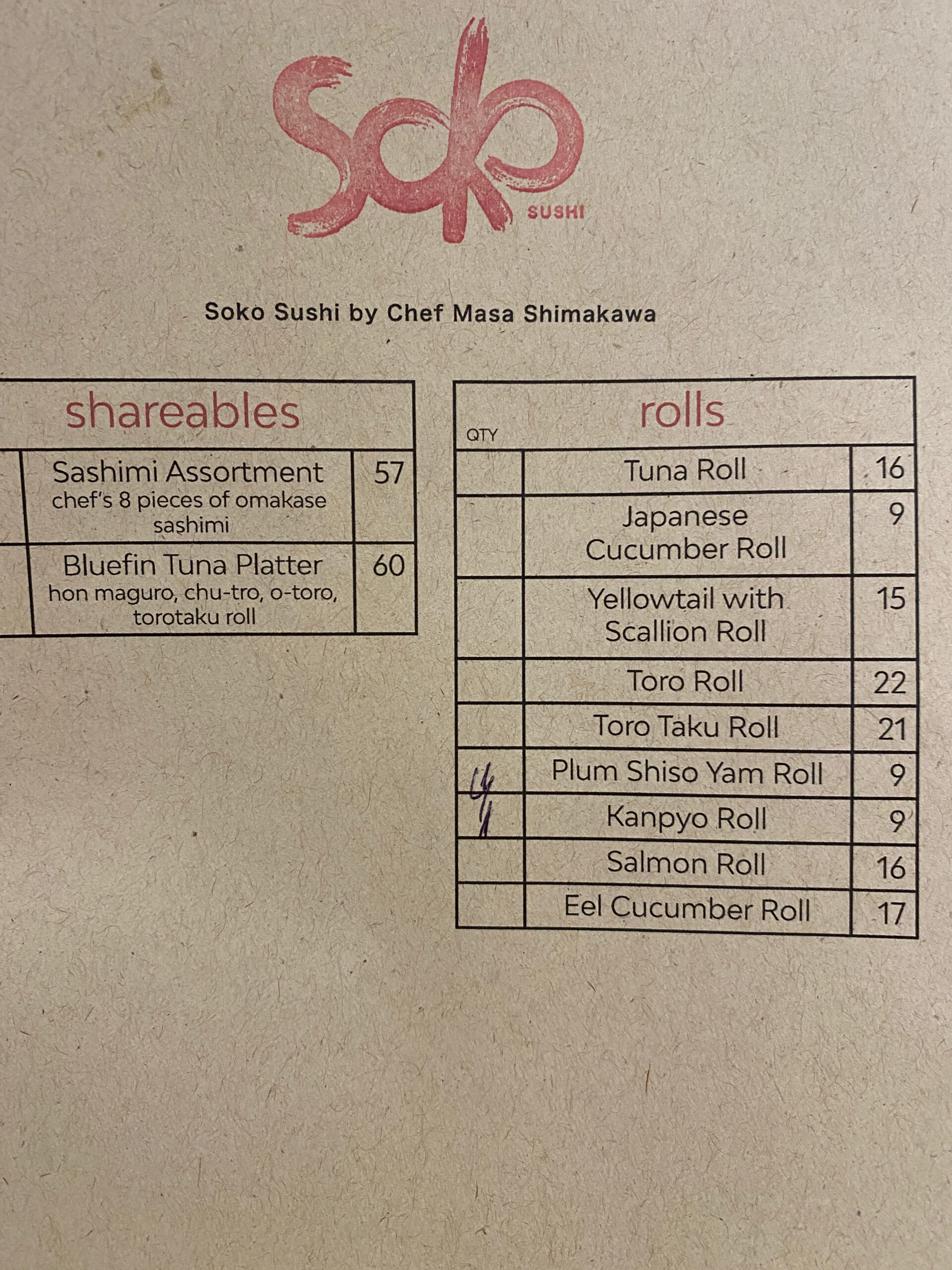
Back of menu
A quick glance at the menu and you’ll reach the same conclusion I did: of course you’re paying hotel prices. An $11 miso soup, $16 salmon maki and $17 (!) for anago-kyu are not cheap. But considering the standard of Masa-san and the ingredients he uses, I found the up-market options are not relatively reasonable.
Take for instance, the “Bluefin Tuna platter”: $60 gets you two o-toro nigiri, three chu-toro sashimi, toro-taku (with avocado for some reason), and two akami nigiri.
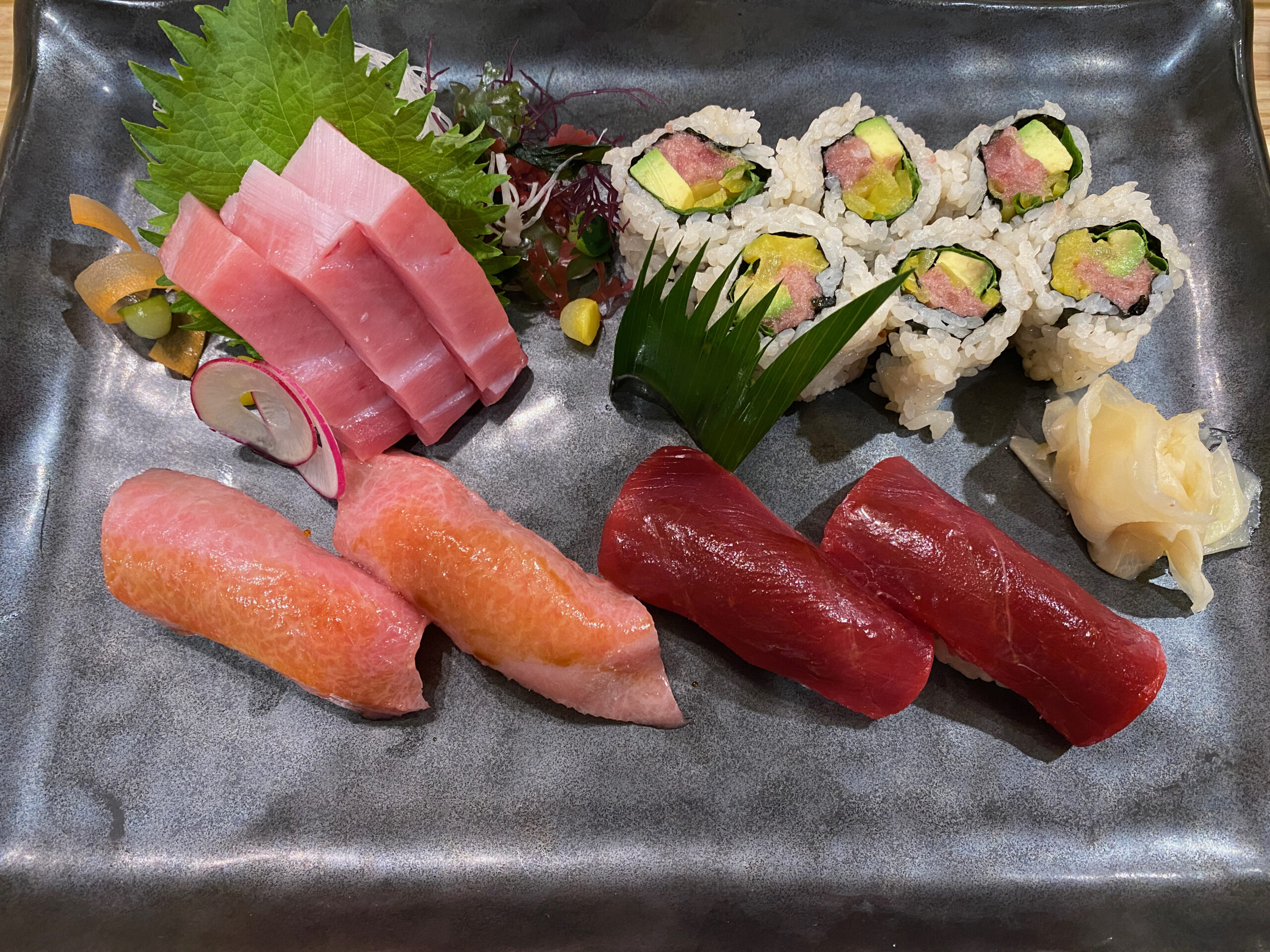
Bluefin Tuna Platter ($60)
O-toro that has the marbling displayed above is called Shimofuri. It’s easier to make nigiri with than Jabara, another kind of O-toro (aka the “bellows underbelly”) because it has less sinew and a stronger flesh.
Masa-san’s knife work and waza (technique) were on full display. A true highlight of the meal.
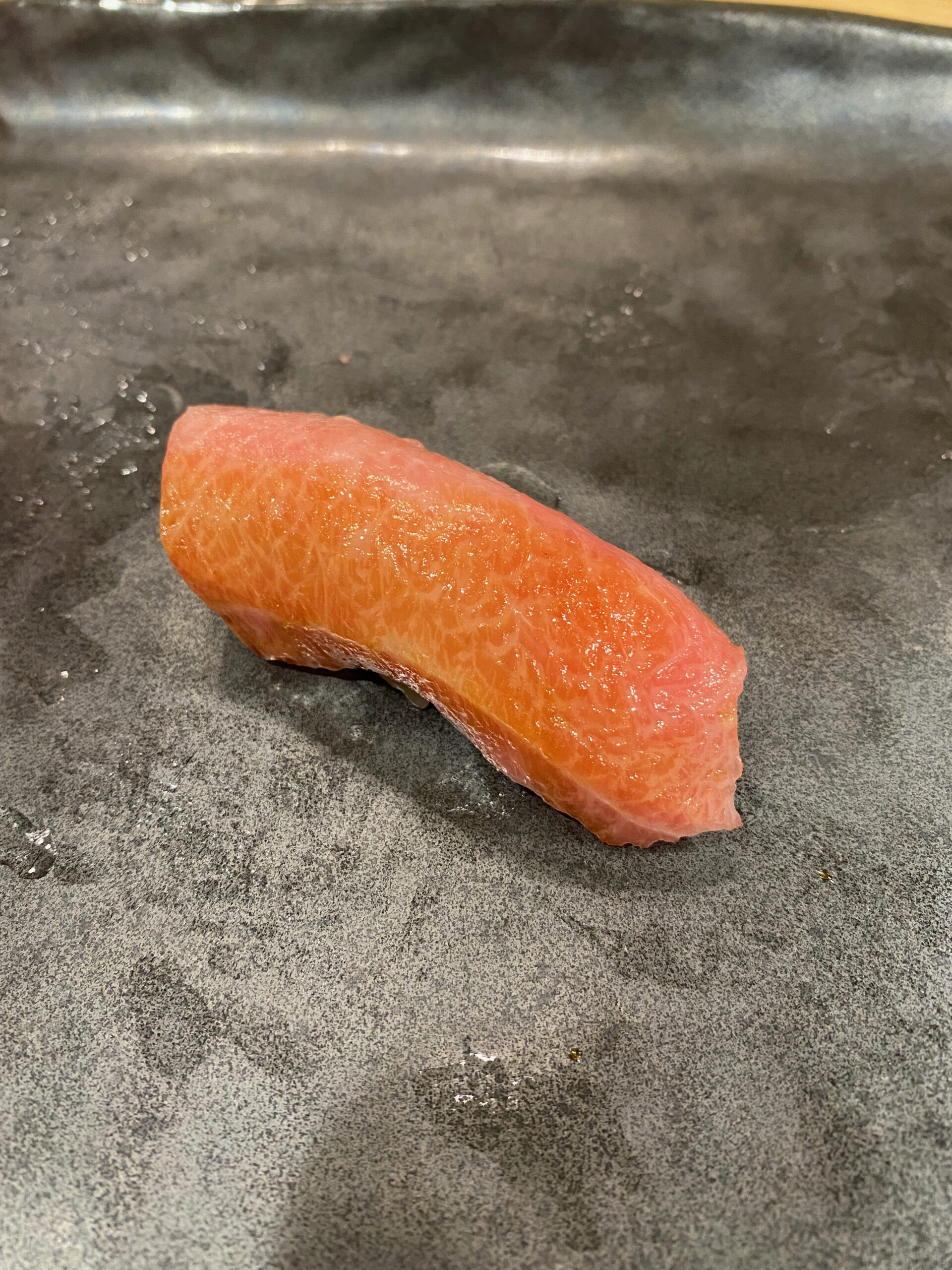
My a la carte experience
One of the best parts of Soko is the variety of nigirizushi available a la carte given the small size of the restaurant.
17 neta options listed on the menu, plus others – like Iwashi (two pictures below) – that are off-menu, meaning that you could conceivably piece together your own tasting menu. Which is what I did.
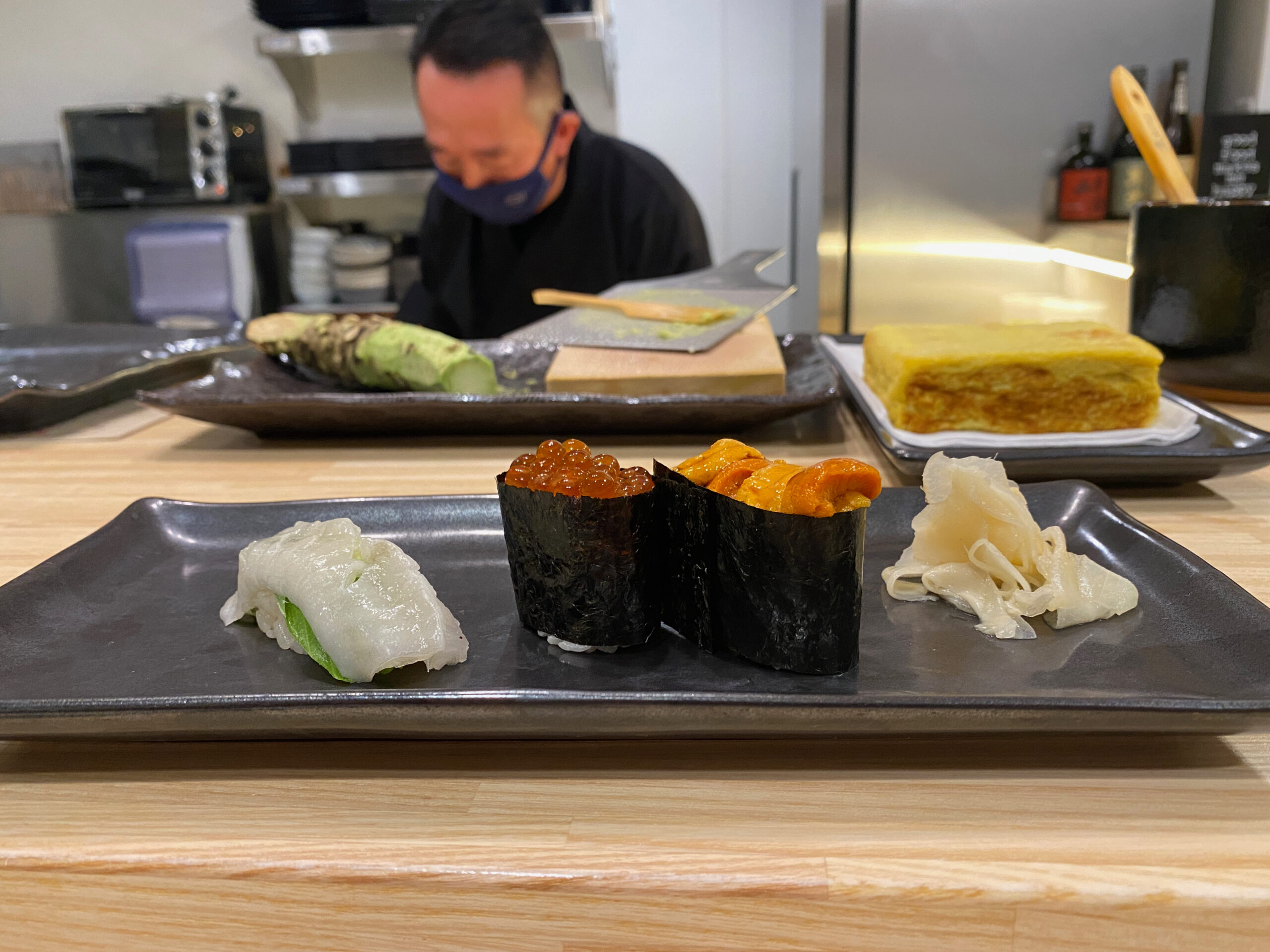
Bafun Uni, Ikura, Engawa
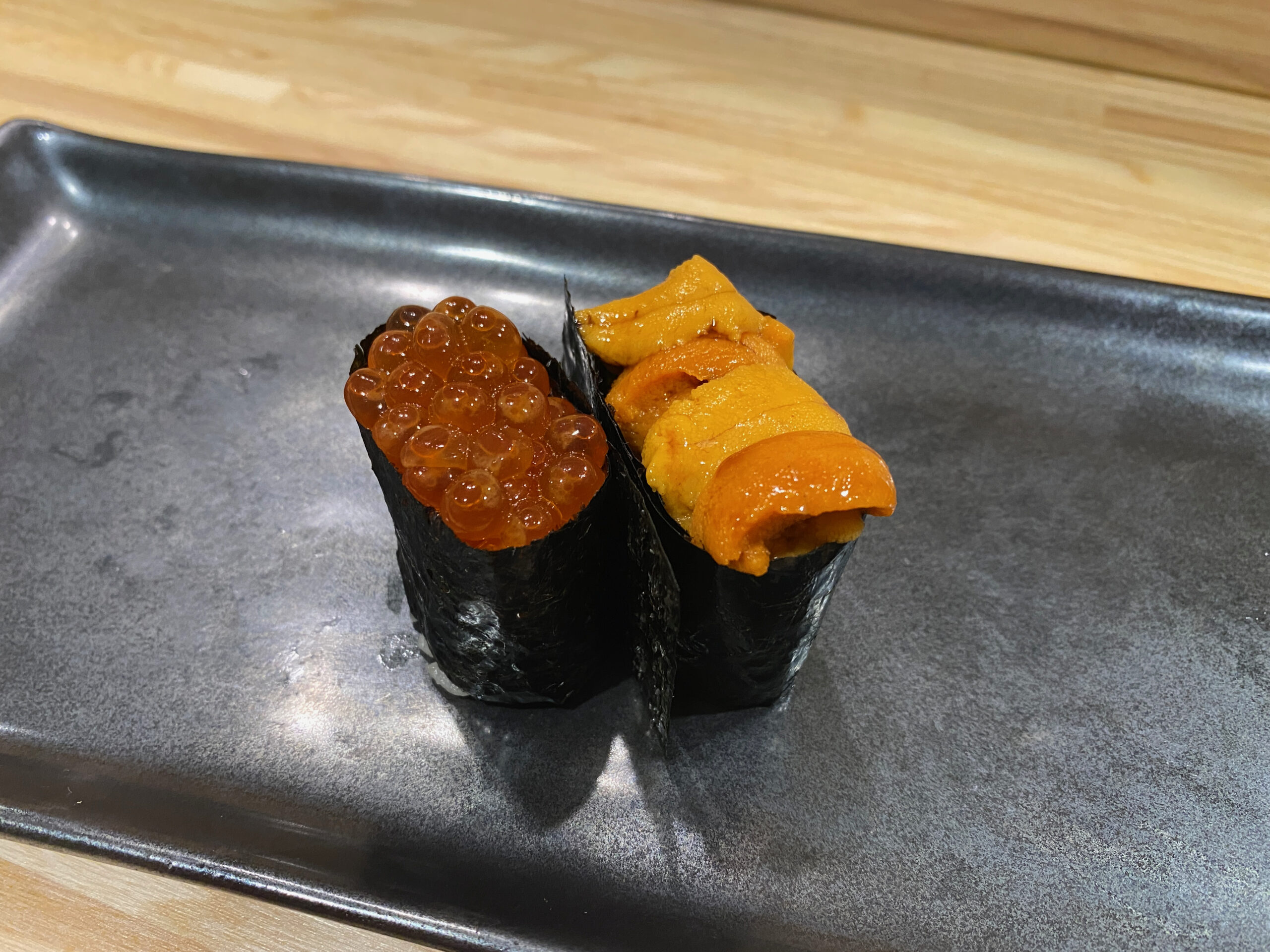
Another angle
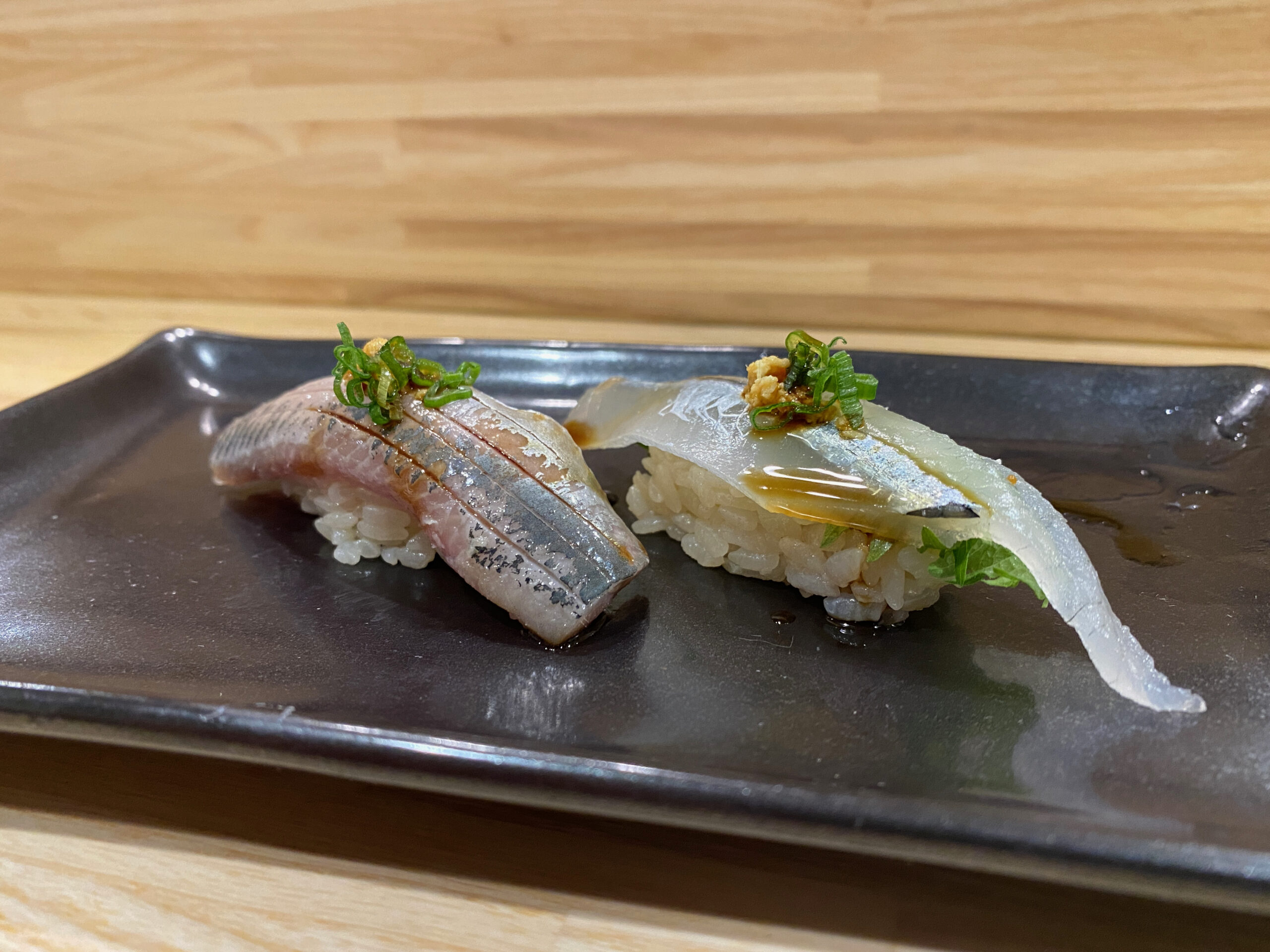
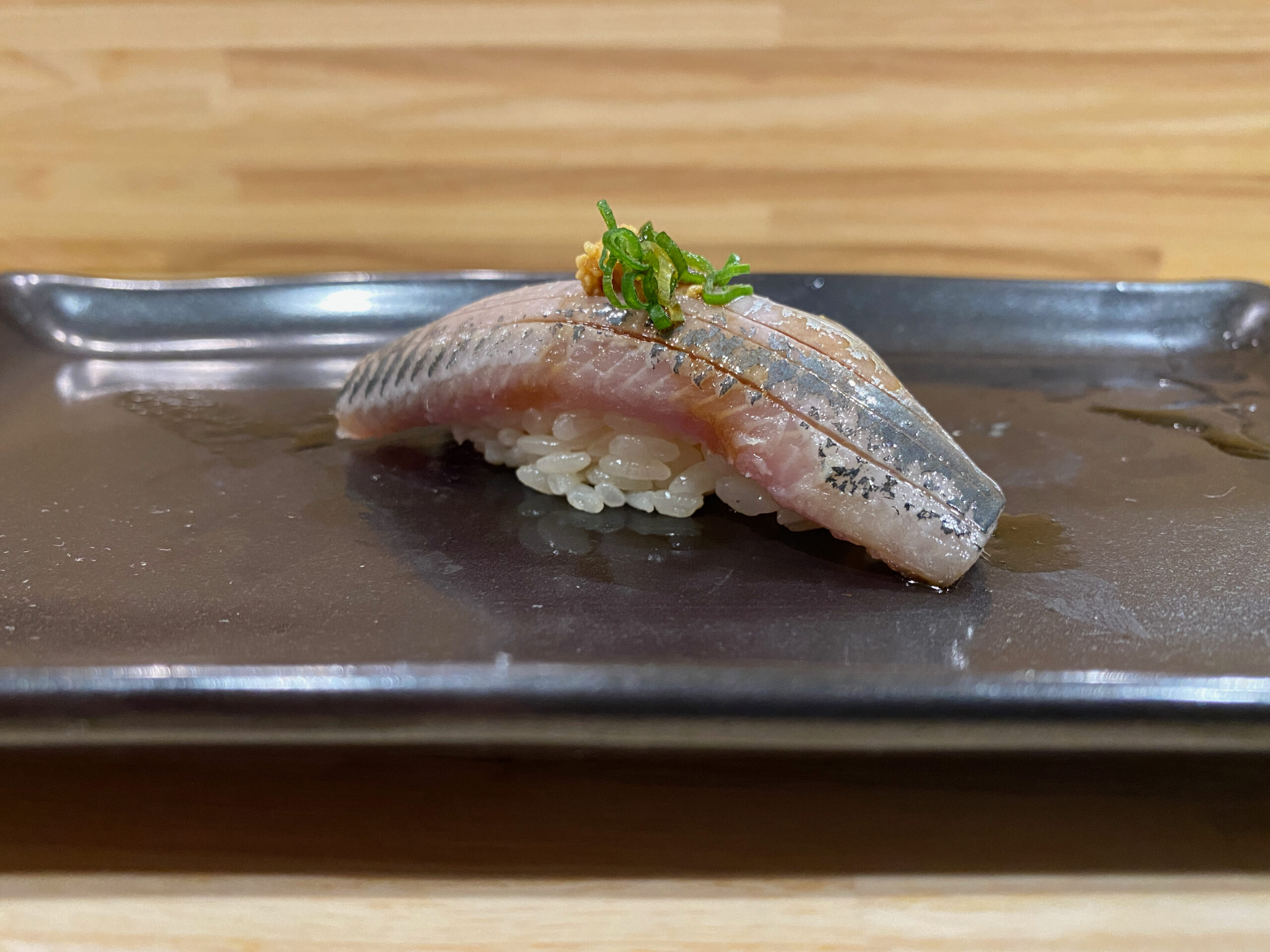
Sayori and Iwashi
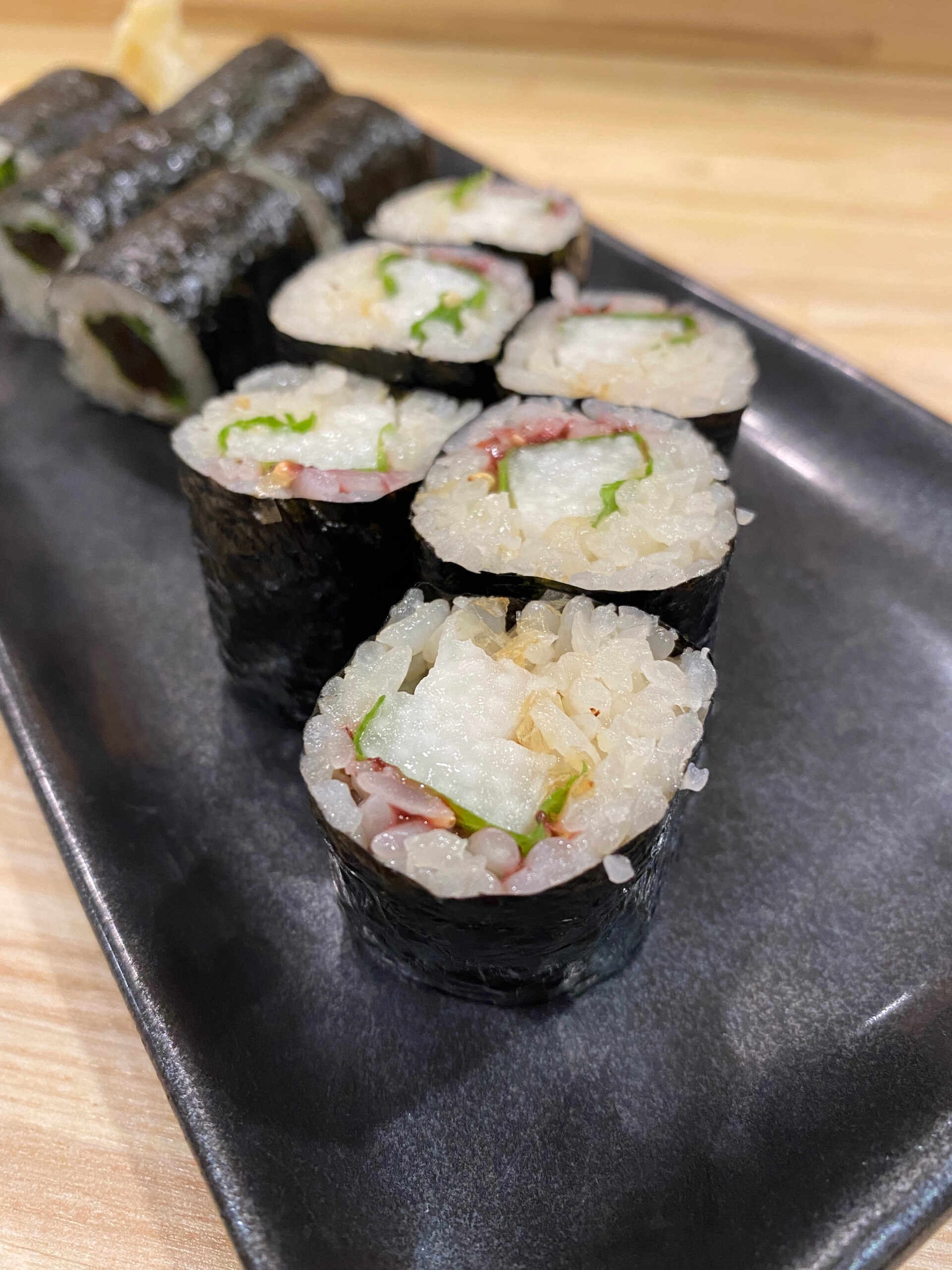
Umeshiso makizushi
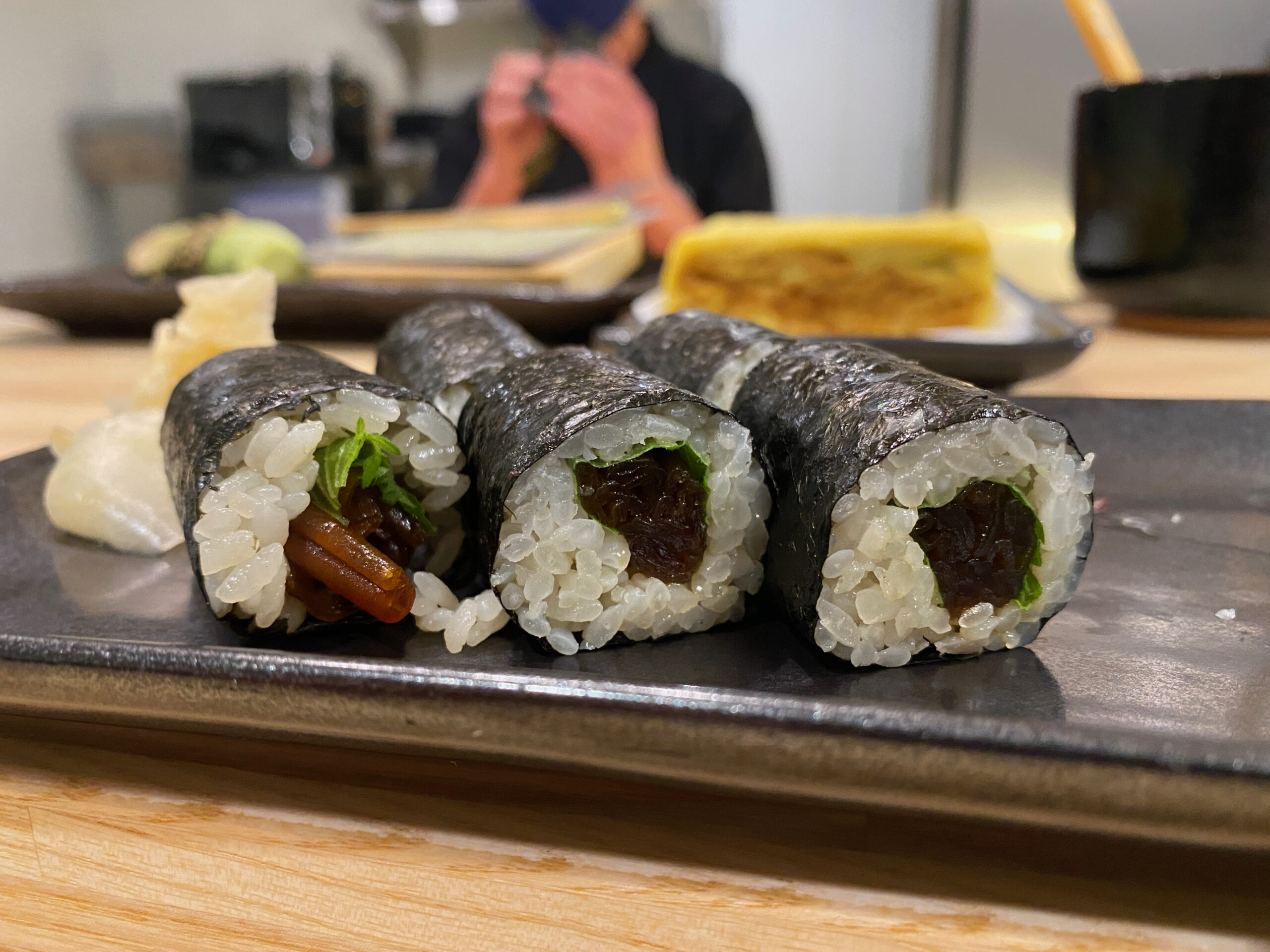
Kanpyo makizushi
Of course, it wasn’t perfect. I don’t love (or understand) the reason for including avocado in the already perfect Toro Taku, and Yam in Umeshiso added little flavor.
But in a part of Los Angeles with only a few great sushiya (or so I’m told), a reasonably priced sushiya with seasonal offerings and a seat in front of a locally-renowned chef is a winner.
Recommended.
